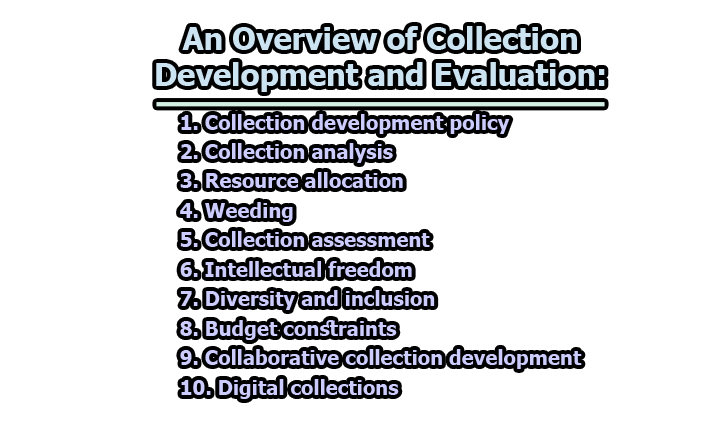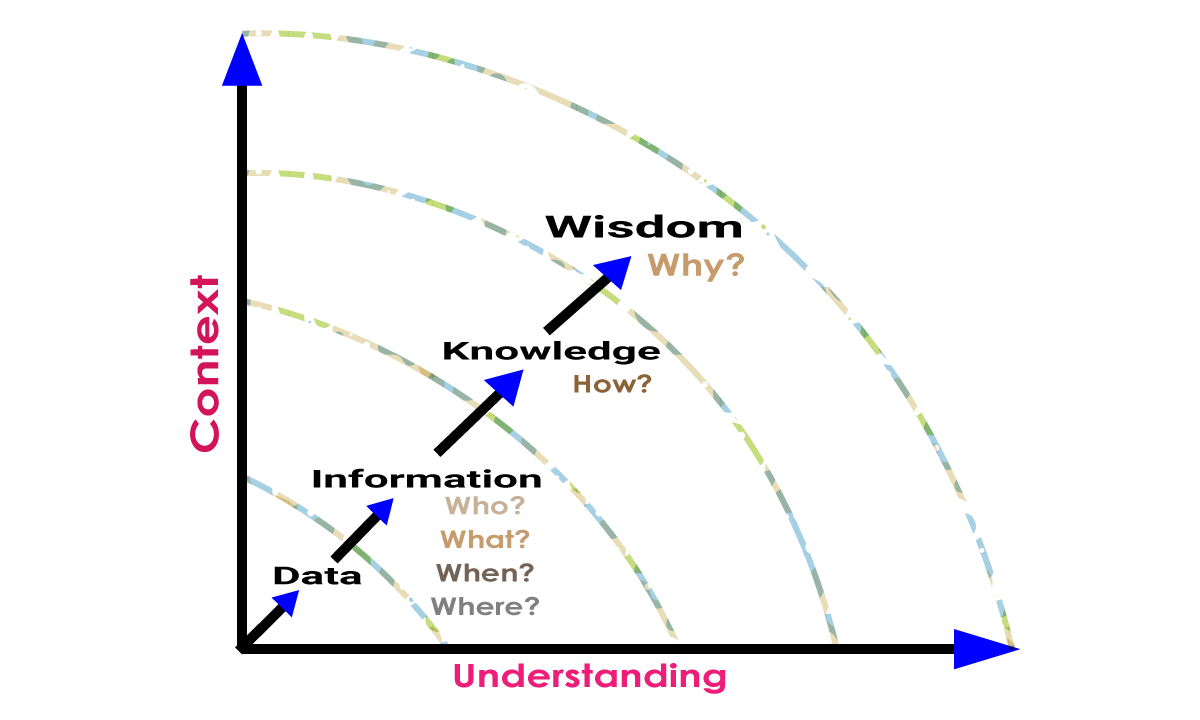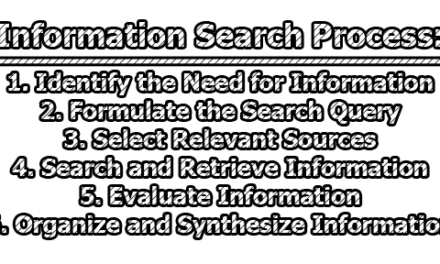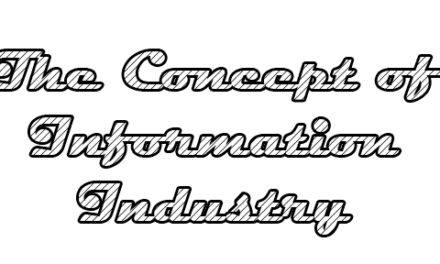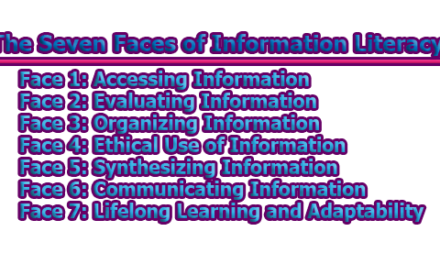An Overview of Collection Development and Evaluation:
Collection development and evaluation is an ongoing process that involves selecting, acquiring, and managing materials to meet the information needs of library users. It is a crucial component of library management, as the library’s collection is a fundamental resource that supports teaching, learning, research, and community engagement. Here, we will explore an overview of collection development and evaluation including some key concepts:
1. Collection development policy: A collection development policy is a written statement that outlines the library’s goals, objectives, and guidelines for selecting, acquiring, and managing materials. It serves as a roadmap for the library’s collection development activities, providing a framework for decision-making and ensuring consistency and accountability.
2. Collection analysis: Collection analysis is a process of assessing the library’s collection to determine its strengths, weaknesses, and gaps. It involves examining the collection’s size, scope, age, relevance, and diversity, among other factors, and comparing it to the library’s goals and objectives.
3. Resource allocation: Resource allocation refers to the process of allocating resources, such as funds, staff, and space, to support collection development and evaluation activities. It involves making decisions about how much to spend on different types of materials, how to prioritize acquisitions, and how to balance competing demands for limited resources.
4. Weeding: Weeding is the process of removing materials from the library’s collection that are no longer relevant or useful. It is an essential component of collection evaluation, as it helps to ensure that the collection remains current and useful to users.
5. Collection assessment: Collection assessment is a process of evaluating the library’s collection to determine its effectiveness in meeting the needs of its users. It involves analyzing circulation statistics, user feedback, and other data to identify areas of strength and weakness in the collection and to make informed decisions about future acquisitions and weeding.
6. Intellectual freedom: Intellectual freedom is the principle that individuals have the right to access and express ideas, even if those ideas are unpopular or controversial. It is a core value of libraries and is reflected in collection development policies and practices.
7. Diversity and inclusion: Diversity and inclusion are important considerations in collection development and evaluation. Libraries strive to build collections that reflect the diversity of their communities and to ensure that all users have access to materials that represent a wide range of perspectives and experiences.
8. Budget constraints: Budget constraints are a significant challenge in collection development and evaluation. Libraries must balance the need to acquire new materials with the need to maintain and preserve existing materials, all within the constraints of limited financial resources.
9. Collaborative collection development: Collaborative collection development involves working with other libraries or organizations to develop shared collections or to acquire materials that are too costly or specialized for any one library to acquire on its own. It can help to maximize resources and to provide users with access to a broader range of materials.
10. Digital collections: Digital collections are an increasingly important component of library collections. They include e-books, e-journals, databases, and other digital resources that can be accessed remotely by users. Managing and evaluating digital collections poses unique challenges related to licensing, preservation, and access.
In conclusion, effective collection development and evaluation require a combination of policies, procedures, and best practices that reflect the library’s mission, values, and goals, and take into account the needs of its users and the constraints of its resources. By continuously assessing their collections and making informed decisions about acquisitions, weeding, and resource allocation, libraries can ensure that they are providing users with the materials and resources they need to succeed in their academic, professional, and personal lives.

Library Lecturer at Nurul Amin Degree College

